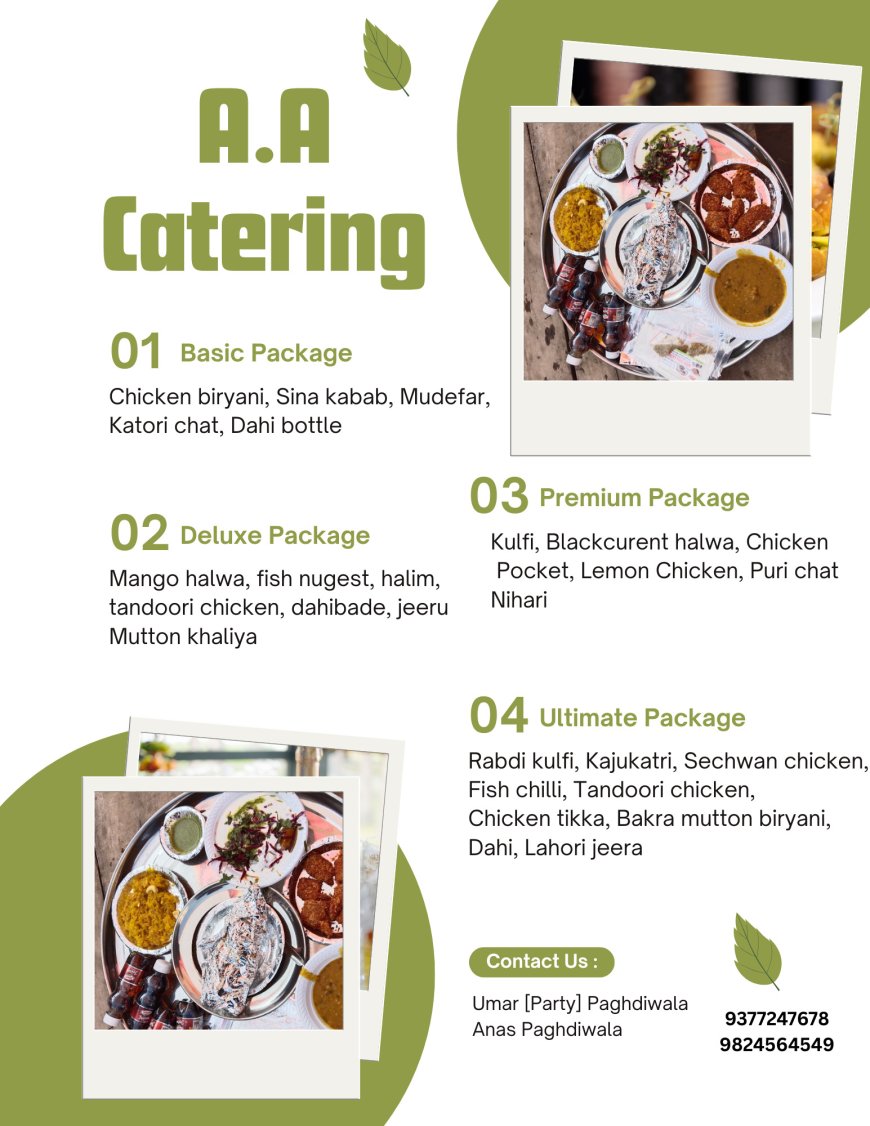Knife Skills – The Cornerstone of Prep Work
A basic cut with little concern for size or uniformity. It’s often used for rough prep work, such as cutting onions for a stew or herbs for a sauce.

When it comes to mastering the kitchen, knife skills are arguably the most important foundation a cook or chef can build upon. From slicing onions to dicing tomatoes or filleting fish, precision and safety in handling a knife can drastically improve not just the efficiency of food preparation, but also the final appearance and flavor of a dish.
In professional kitchens and catering services, time is moneyand sharp, well-practiced knife skills can save both.
Why Knife Skills Matter
-
Consistency in Cooking
Uniform cuts ensure that all ingredients cook evenly. Imagine making a vegetable stir-fry with unevenly chopped carrotssome pieces will be perfectly tender while others remain hard or overcooked. Consistent cuts lead to consistent results. -
Faster Prep Times
Once youre comfortable with your knife, prep time reduces significantly. Skilled chopping and slicing become second nature, allowing you to handle larger quantities in less timea crucial ability in catering or restaurant environments. -
Improved Presentation
Food that's evenly cut looks cleaner and more professional. Whether it's finely diced onions or neatly julienned peppers, your plating and presentation will always stand out when knife skills are on point. -
Less Waste
Knowing how to properly trim meats, vegetables, or fruits minimizes waste. You extract more from each ingredient and avoid discarding usable partsthis is not only economical but sustainable.
Essential Knife Cuts to Know
Learning the names and functions of different cuts enhances your culinary vocabulary and helps in understanding recipes and cooking techniques better. Here are some essential ones:
1. Chop
A basic cut with little concern for size or uniformity. Its often used for rough prep work, such as cutting onions for a stew or herbs for a sauce.
2. Dice
This refers to small, uniform cubes, typically used for vegetables. Dicing comes in three sizes:
-
Large Dice: Around inch
-
Medium Dice: Around inch
-
Small Dice: Around inch
3. Julienne
Long, thin, matchstick-like strips, typically 23 inches long and 1/8 inch thick. Perfect for vegetables in salads, stir-fries, or as garnishes.
4. Brunoise
A fine dice cut made from julienned vegetables, typically used in sauces, soups, or garnishes. This cut requires precision and practice.
5. Mince
Extremely fine chopping, often used for garlic, ginger, or herbs where intense flavor distribution is desired.
6. Chiffonade
A technique used for leafy greens and herbs like basil. Leaves are stacked, rolled, and thinly sliced into ribbons.
Knife Handling & Safety Tips
Mastering knife skills isnt just about speedits also about safety. Heres how to stay protected and efficient in the kitchen:
-
Use a sharp knife: Dull knives require more force and are more likely to slip. A sharp knife makes cleaner cuts and reduces the risk of injury.
-
Hold it right: Use a pinch grip by holding the blade between your thumb and forefinger, with the remaining fingers wrapped around the handle.
-
Claw technique: Tuck your fingertips under and grip the ingredient with your knuckles forward to avoid cutting your fingers.
-
Use a stable cutting board: Place a damp towel underneath your cutting board to prevent slipping.
-
Cut at eye level when possible: This improves accuracy and reduces the chance of mishandling.
Types of Knives You Should Know
Different tasks require different knives. Heres a quick overview of the most commonly used types:
-
Chefs Knife: The all-purpose knife. Ideal for chopping, slicing, mincing, and dicing.
-
Paring Knife: Great for small tasks like peeling or trimming fruits and vegetables.
-
Serrated Knife: Best for slicing bread or delicate fruits like tomatoes.
-
Boning Knife: Designed for separating meat from the bone.
-
Cleaver: Heavy and wide, excellent for chopping through bone or dense vegetables.
Caring for Your Knives
To maintain performance and safety, proper knife care is a must:
-
Hand-wash knives immediately after use. Avoid dishwashers, which can dull blades.
-
Dry thoroughly to prevent rusting.
-
Use a honing rod regularly to keep the edge aligned.
-
Sharpen professionally or with a whetstone when needed.
-
Store in a knife block, on a magnetic strip, or with blade guards.
Practicing Knife Skills at Home
You dont have to be a professional chef to sharpen your knife skills. Practice with simple vegetables like onions, carrots, and bell peppers. Start slow, focus on accuracy, and work your way up to speed.
Try these daily:
-
Dice 2 onions as uniformly as possible.
-
Julienne 1 carrot and 1 bell pepper.
-
Mince 3 cloves of garlic.
-
Chiffonade a handful of basil leaves.
Over time, youll notice increased confidence and efficiency in the kitchen.
Final Thoughts
Knife skills are the unsung heroes of great cooking. They save time, enhance presentation, and ensure even cooking. More than just technique, they represent a cooks discipline and attention to detail. In professional catering setups, where large volumes are handled every day, knife proficiency can define the pace and quality of the entire kitchen operation.
Whether youre a home cook preparing dinner or part of a culinary team crafting large-scale menus, investing time in developing your knife skills is one of the smartest steps toward culinary excellence.
contact us 9377247678































